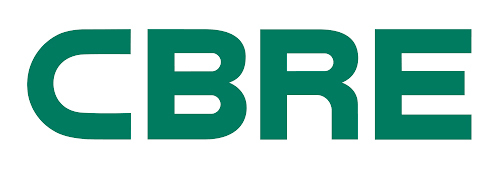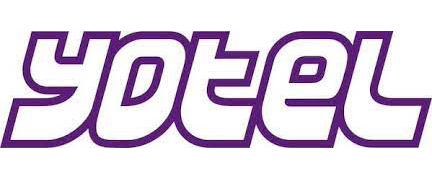Home & Residential Lifts
Convenience and accessibility are crucial, especially within the confines of residential spaces.
Tailored Residential Lift Solutions
Whether you’re working with large-scale residences or smaller dwellings, the occupants’ needs must always be at the front of your mind, especially for those with mobility challenges. New lift technologies with home lifts are incredibly versatile and can be extensively customised, offering expanded possibilities for property owners looking to enhance accessibility or update and replace tired, clunky residential lifts which are no longer fit for purpose.
Lift modernisation for home lifts is a cost-effective transitional solution which reduces downtime, increases the ride quality of your lift, lowers the running costs of existing systems and improves the image of your building. Alongside finding smart, future-proof solutions, it’s also important to work with a provider who understands the specific needs of your space and can enhance the experience for users and prioritise seamless integration with existing architecture for your residential lift.
Home Elevator Installation Process
Each home lift installation process looks different depending on the project and property, especially where there are bespoke requirements, but there are a few key steps to be aware of when installing residential elevators. Before starting work on your residential lift, we will conduct a thorough assessment based on your objectives, including a space inspection and suggest the best solutions for your home elevator. Once this has been decided, the mapping process begins before foundational elements, including the base build, supporting structures, and shaft construction, can be carried out for your home elevator.
-
Home Lift Installation Duration
We understand that the prospect of installation within busy environments can be concerning and difficult to manage, especially within larger multiple-occupancy properties. This is where streamlined and efficient processes for installing residential lifts, which involve minimal disruption to their surroundings, are essential. Experienced teams can usually complete home elevator installations within 6-8 weeks, but some projects may take longer, so you’ll need to prepare in advance for any downtime and potential inconvenience this could cause.
-
Installation Planning
Our team will share detailed plans so that you can prepare for lift modernisation or installation works. We will also support you with any questions or concerns, and provide regular updates so you can keep residents and any other relevant parties informed for your home lifts. The time of year should also be considered to try and choose a period with lower traffic or footfall, as well as any other building works scheduled to take place simultaneously. It’s also worth noting that we may need to clear space for the residential lift installation and have access to necessary utilities for the duration of the works.
-
Safety in Mind
Although efficiency is a key focus, especially within large properties and public areas, following safety protocols and regulations is also crucial. These must be followed at all times to avoid accidents that could affect residents, members of the public, and our workers.
Routine Maintenance Guidelines
Once your residential lift is up and running, regular elevator maintenance is essential to secure the longevity of your investment. We recommend proactive services once every six months to ensure optimal functionality and safety. This can also reduce breakdown frequency and minimise the risk of accidents with a residential and home elevator.
-
Maintenance Plans
Depending on the type of lift installed, a bespoke maintenance plan will be created for you and your home lift, which generally includes cleaning machinery, carrying out visual inspections, testing emergency functions and safety features, and lubrication where needed. Routine checks help to identify potential hazards of a residential lift before they escalate into costly issues and ensure your system operates smoothly. With timely and proper maintenance, home lifts can have a lifespan of 20 to 35 years - providing you with a long-term solution and lower costs overall.
-
Importance of Regular Maintenance
Regular maintenance reduces the risk of repairs being required (and downtime) - but sometimes malfunctions or breakages can still occur with home elevators. There are a number of signs you should look out for which indicate you may need professional maintenance, such as vibrations or strange sounds, error codes, warning lights, issues with doors opening or closing, burning smells, and jerky movements. Our team of experts can identify and address potential issues before they lead to major breakdowns, helping to prevent unnecessary downtime and inconvenience. Broken residential lifts are frustrating and disruptive for users, but can be easily avoided with scheduled preventative care.
-
Prompt Repair Services
Even with regular maintenance, issues can still arise and cause major inconvenience for occupants – so it’s important to have a swift and reliable repair service on hand to address any issues. Having dedicated maintenance and repair experts on-call is a cost-effective way to keep your lifts in prime working condition with minimal downtime. Property managers can easily report malfunctions or concerns, and our experienced technicians provide support 24 hours a day, 7 days a week. This means emergency repairs are available outside regular hours and ensure minimal downtime in the process for your home lift.















